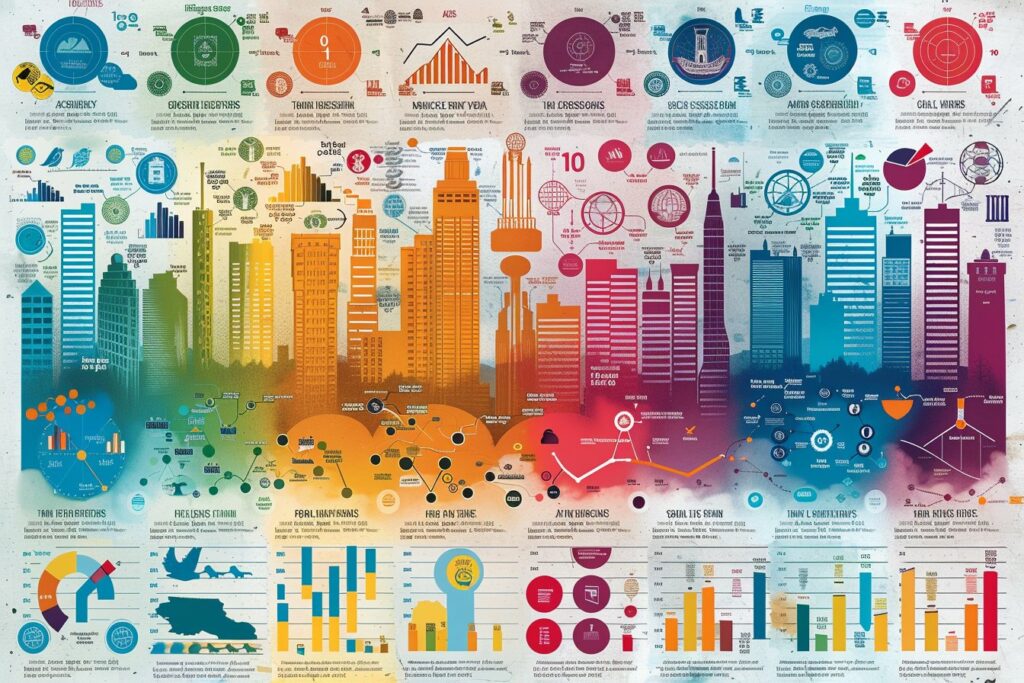As an essential aspect of human life, economics plays a crucial role in decision-making and resource allocation. The ten principles of economics are fundamental concepts that allow us to better understand how individuals, businesses, and governments navigate this complicated field. In this article, we will explore each principle and delve into their applications and significance within the economy.
The Basic Principles: Decisions, Trade-offs, and Opportunity Costs
Principle 1: People Face Trade-offs
We often face difficult decisions in our personal lives and economic activities. To make a choice is to prioritize one option over another, but it comes at the cost of forsaking other opportunities. These trade-offs require individuals, firms, and policymakers to weigh the benefits and costs of each option before selecting the best course of action.
Principle 2: The Cost of Something Is What You Give Up to Get It
When making decisions, it’s essential to consider not only the explicit monetary costs but also the implicit opportunity costs. Opportunity cost refers to the potential value lost when you choose one alternative over another. By keeping these costs in mind, individuals and institutions can make more informed choices and optimize their resources.
Interactions and Benefits of Trade
Principle 3: Rational People Think at the Margin
Rational decision-makers often evaluate their options based on marginal analysis, which considers the additional benefits and costs of incremental changes in activity. This approach allows for more refined decision-making andfosters efficient resource allocation across various aspects of the economy.
Principle 4: People Respond to Incentives
Incentives are the primary drivers of economic behavior. They can be financial, like prices and wages, or non-financial, such as recognition and social status. Understanding the role of incentives in decision-making is crucial for businesses and policymakers to design effective policies and strategies.
Principle 5: Trade Can Make Everyone Better Off
Trade between individuals, firms, and countries allows for specialization and access to a wider variety of goods and services at lower costs. By participating in voluntary exchanges, people can diversify their resources, increase efficiencies, and ultimately improve their overall well-being.
Functions and Limitations of Markets
Principle 6: Markets Are Usually a Good Way to Organize Economic Activity
Markets bring together buyers and sellers to exchange goods and services through the mechanisms of supply and demand. Prices serve as signals that guide production and consumption decisions, resulting in efficient allocation of resources. However, there might be exceptions where market outcomes do not maximize social welfare, which we will explore later under Principle 7.
Principle 7: Governments Can Sometimes Improve Market Outcomes
Although markets are generally efficient, they may fail to address issues such as public goods provision, externalities, and market power. Under these circumstances, government intervention – through regulation, subsidies, taxation, or other means – can potentially enhance overall welfare and promote equity within society. Nonetheless, striking the appropriate balance between government involvement and market independence remains an ongoing challenge.
Economic Forces Influencing Growth and Distribution
Principle 8: A Country’s Standard of Living Depends on Its Ability to Produce Goods and Services
A nation’s prosperity hinges on its level of productivity, which is determined by various factors, including technology, human capital, and physical resources. By investing in education, infrastructure, and other avenues that promote productivity growth, countries can improve living standards for their citizens over time.
Principle 9: Prices Rise When the Government Prints Too Much Money
Inflation – the increase in overall price levels – is often linked to excessive money creation by central banks. As more currency enters circulation, consumer purchasing power declines, leading to higher prices for goods and services. Responsible monetary policy is needed to balance economic growth and inflationary pressures.
Principle 10: Society Faces a Short-run Trade-off Between Inflation and Unemployment
The relationship between inflation and unemployment – known as the Phillips curve – demonstrates that short-term policies aiming to reduce one usually come at the cost of increasing the other. Policymakers must weigh these trade-offs when designing strategies to address macroeconomic fluctuations and maintain long-term economic stability.
By comprehending and applying these ten principles, individuals, businesses, and governments can make better-informed choices, optimize resource allocation, and contribute to efficient and equitable economic outcomes. As we continue to navigate our complex global economy, these foundational concepts serve as invaluable tools for understanding and addressing the myriad challenges we face.


